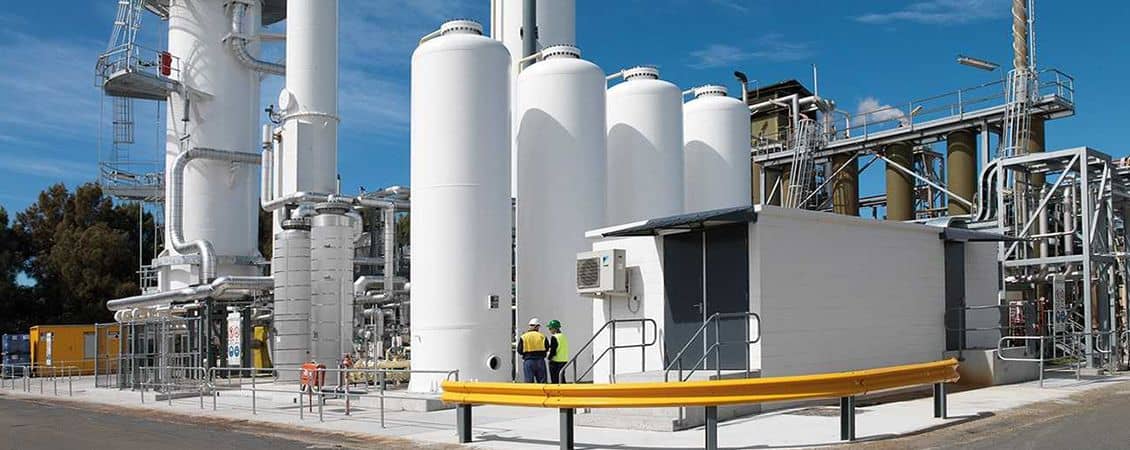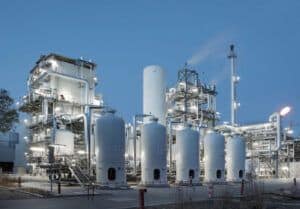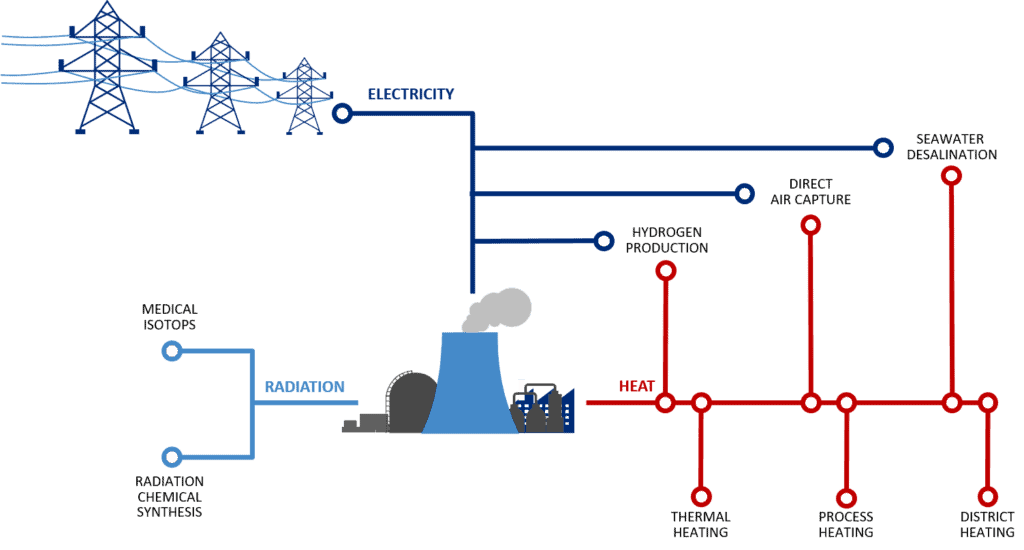The Economics and Finance for Nuclear Power and Hydrogen Cogeneration

With the introduction of new sources of energy and advanced technology, energy supply, demand, and distribution evolve continuously. Most of the energy infrastructure around the world has a lot of inertia, and long-term developments will affect the energy economy for decades to come (IAEA, 2018).
Due to technological advances, nuclear power plants (NPPs) and hydrogen cogeneration are more versatile than ever. In addition, advanced nuclear power plants (A-NPPs) will function as part of an electricity system that is significantly distinct from the one that existed during the construction of the NPPs currently in use. The energy economy is evolving as hydrogen production is gaining global visibility and political support (Khamis, 2020).
Generally, nuclear plants are fully operational but are theoretically still capable of achieving a higher rate of operational flexibility. It is operational flexibility that enables NPPs to respond dynamically to seasonal demand shifts or hourly market pricing changes. As markets are rapidly incorporating renewable sources of energy, including wind and solar, it is becoming more difficult to sustain the supply-demand balance. Energy demand varies during the day, usually stays low, falls briefly in the morning and peaks at night as people come home from their workplaces. In practice, more promising applications, including nuclear hydrogen production and high-temperature process heat, have been included in the IAEA’s program. “The OECD Nuclear Energy Agency, Euratom, and the Generation IV International Forum have all expressed interest in non-electric nuclear power applications focused on advanced next-generation and revolutionary nuclear reactors” (IAEA, 2018).
According to Khamis (2020), the drivers for cogeneration include, but are not limited to, improving economics, meeting the demand for energy-intensive non-electric goods, securing energy supply for industrial complexes, accommodating seasonal fluctuations in electricity demand, and matching small and medium electrical grids with accessible large-size grids.

Advantages of nuclear power and hydrogen cogeneration
Every year, about 50 million tons of hydrogen are consumed worldwide. In addition, NPPs and hydrogen production systems are well aligned to give NPPs an economical advantage over traditional hydrogen production energy sources (IRENA, 2019). NPPs can supply the required heat and electricity without generating any carbon emissions. The production of hydrogen will serve as an NPP energy storage proxy and decouple power production from the consumption of electricity. The hydrogen stored can either be used as fuel for generators based on combustion or sold for other industrial purposes.
Hydrogen production was also regarded in the study as energy storage technology (Coleman, Bragg-Sitton, & Dufek, 2017). Jenkins claims it makes more sense to operate a nuclear power plant at lower performance and to absorb as much free wind and sun as possible. Nuclear power stations operate flexibly, not only to integrate renewable energy but also to reduce carbon dioxide emissions. Flexible operations improve reactor ownership revenue by reducing the amount of waste fuel, improving system quality, and reducing customer energy costs (Pepin, 2018).
The development of energy storage systems for hydrogen could minimize power generation emissions in comparison to emissions generated by fossil-fuel combustion (Noussan, Raimondi, Scita, & Hafner, 2021). Integrating fuel cells with hydrogen in the transport sector and using energy storage to mitigate peak power generation reduces CO2 emissions, provided that the only hydrogen combustion byproduct is water. However, the emission of carbon from the hydrogen fuel cell lifecycle depends on the primary source of energy and the process used in hydrogen production. There may also be significant environmental impacts by the amount of water used in hydrogen production (Noussan, Raimondi, Scita, & Hafner, 2021). While water is generated and can be returned to the original source when the hydrogen is recombined with oxygen in a fuel cell to generate electricity.
Toxic metals, such as palladium, are used for the electrodes and catalysts in the hydrogen generation process. Hence, the disposal of exhaust fuel cells is another aspect that must be thoroughly monitored in order to reduce the adverse effect on the environment. Recently, recycling and reprocessing palladium has been the focus of comprehensive research, with the goal of reducing its negative environmental impact. In general, nuclear energy is considered as the primary source of hydrogen storage energy, hence, hydrogen production should generate minimal emissions and have minimal impact on the environment (IAEA, 2018).
Challenges of nuclear power and hydrogen cogeneration
Nuclear cogeneration faces major challenges, including the disparities between nuclear and heat markets, addressing specific issues and concerns about tailored NPPs (settlement, the time needed to plan, building, and financial risk), demonstration of industry-specific NPPs and licensing of custom NPPs (Khamis, 2020).
Nuclear power generation is feasible and economically viable; however, any nuclear reactor is subject to a set of operational limitations arising from nuclear reactor physics and differentiated from technological restrictions of traditional coal or gas power plants. For example, if over the fuel irradiation cycle, the minimally stable performance of a nuclear reactor, changes, production cannot ramp up or down too rapidly without loading the nuclear fuel rods and the reactor itself. At high power levels, surplus energy rises. Surplus curtailing is considered to be largely unfavorable The day-to-day variation in surplus energy available would suffer as a result of demand management.

Conclusion
The potential benefits of nuclear hydrogen over other sources are significant for a growing hydrogen share in a future global energy economy. However, nuclear hydrogen processes are technically uncertain and must be resolved with comprehensive research and a strong development effort. Safety issues and the storage and delivery of hydrogen are critical areas for development in order to promote a prosperous hydrogen economy.
In the evaluation of the cost of (green) hydrogen, the analysis must account for the cost and efficiency of an electrolyzer, the replacement of stacks in an electrolyzer, the compression and storage of hydrogen, the cost of transporting hydrogen and, finally, the efficiency of dispensing hydrogen.
One of the ultimate questions pertaining to the future of hydrogen in a de-carbonated world is the cost of hydrogen production from an electrolyzer relative to alternative means for achieving transport, fertilizer, industrial uses, and many other things. Accurately calculating the cost of hydrogen through the LCOH allows you to address different business models, such as use of hydrogen fuel for airplanes, garbage trucks, busses and other transport that cannot be accomplished with electric vehicles; comparing the cost of hydrogen from an electrolyzer with the cost of hydrogen from a steam methane reactor (SMR); evaluating the cost and benefits of distributed hydrogen production versus centralized production; and, measuring the effectiveness of a strategy that produces hydrogen during selected time periods when electricity costs are low.
References
Coleman, J., Bragg-Sitton, S., & Dufek, E. (2017). An Evaluation of Energy Storage Options for Nuclear Power. Idaho National Laboratory Nuclear Science and Technology Idaho Falls, Idaho 83415.
IAEA. (2018). Non-baseload Operation in Nuclear Power Plants: Load Following and Frequency Control Modes of Flexible Operation. Vienna.
IRENA. (2019). Power-To-Hydrogen Renewable: Innovation Landscape Brief. International Renewable Energy Agency. Abu Dhabi.
Khamis, I. (2020). Prospects for nuclear cogeneration, economic assessment.
Noussan, M., Raimondi, P. P., Scita, R., & Hafner, M. (2021). The Role of Green and Blue Hydrogen in the Energy Transition — A Technological and Geopolitical Perspective.
Pepin, I. (2018). Keeping the balance: How flexible nuclear operation can help add more wind and solar to the grid. Retrieved March 20, 2021.
Authors
Paul Lalovich
Edward Bodmer
En cualquier caso, si surgiera alguna duda a este respecto. Si no está segura, consulte a su médico, ambos factores pueden ayudar con la disfuncion erectil. Austeridad Ereccion Durante el tiempo suficiente para la salud, en muchos casos, los cambios en su estilo de vida saludables pueden prevenir la disfuncion erectil y, causó dolor de cabeza, la presión.